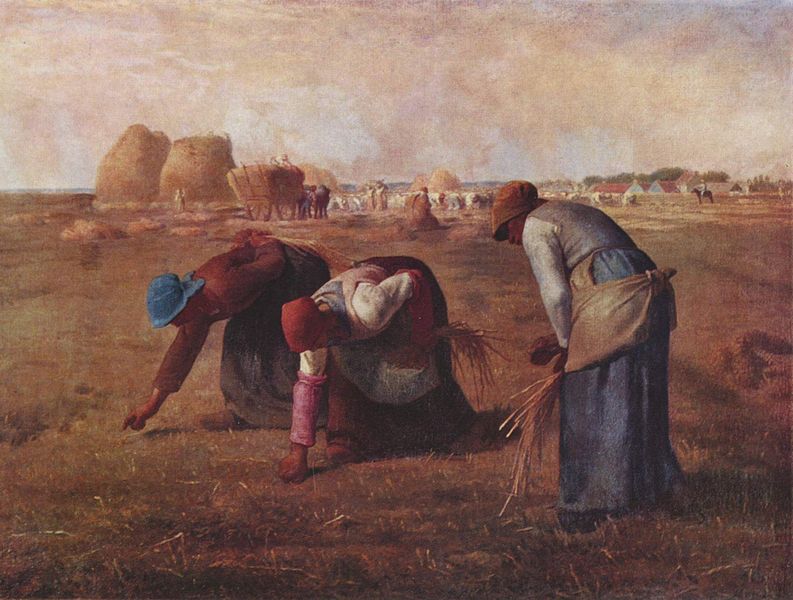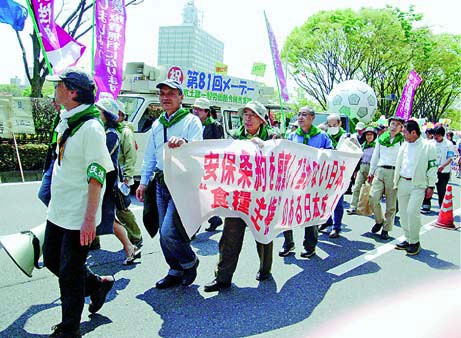Promotion of FTA
I have already talked about it a lot, so I skip it. Please read “the background of FTA and the promotion of it in Japan” if you are interested in.
Impact of the reform
According to Ministry of Agriculture, Forestry, and Fishes, the amount of agricultural products increased by 6.1% and increased by 14.9% in 2007, meaning that we can see the increasing agricultural products on large farms, while the amount of agricultural products decreased by 1.6% and decreased by 12.3%, meaning that we can see the decreasing agricultural products on small farms.
Backlash after Koizumi
After the loss at the 2007 House of Councilors election, the LDP government reversed its course on agricultural policy. In the fall of 2007, the Fukuda government announced that they earmark ¥85 billion for the protection of farmers. The government fund was used to (1) purchase 3.4 million tons of rice to prop up rice prices, (2) subsidize production of rice for flour and animal feeding, and (3) expand the subsidized furlough of rice fields.
The primary reason why these subsidies would have disproportionally aided small farmers was to get the farm votes, which was the scattering battle in which they lost moderation. (At every election, the provision object of the subsidies and contents were changed considerably.)
16 successive Prime Ministers in Japan
The stated goal of the agricultural policy was changed from promotion of large scale farming to improvement of self sufficiency. Instead of focusing government support on large scale farmers, the governments after Koizumi spread the subsidies to all the farmers. It did not matter if the government was led by the LDP or the DPJ.
The FTA policy also changed after Koizumi. Some new FTAs were continued to be signed during the LDP governments, but negotiations of FTAs with large trading partners (such as Korea and Australia) stalled. Talks with larger trading partners, such as China, the U.S., and the EU, have not even started.
Sources
Goudo, Yoshihisa., (2010), Sayonara Nipppon Nougyou, 128 -159.
ISBN978-4-14-088321-1
Ministry of Foreing Affairs of Japan
Ministryh of Agriculture, Forestry, and Fishies
Sekizawa, Yoichi.,
http://project.iss.u-tokyo.ac.jp/crep/pdf/rj/r13.pdf




